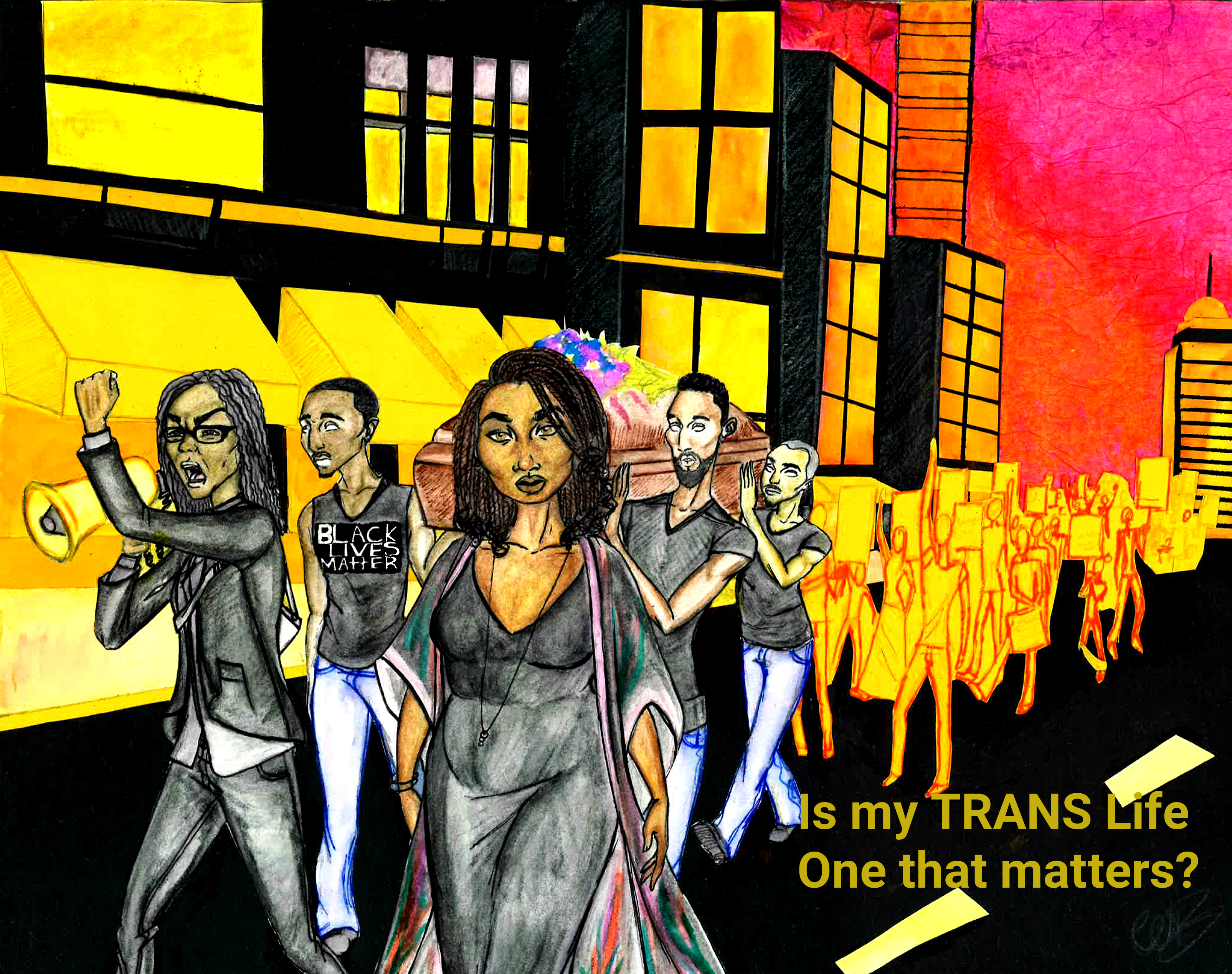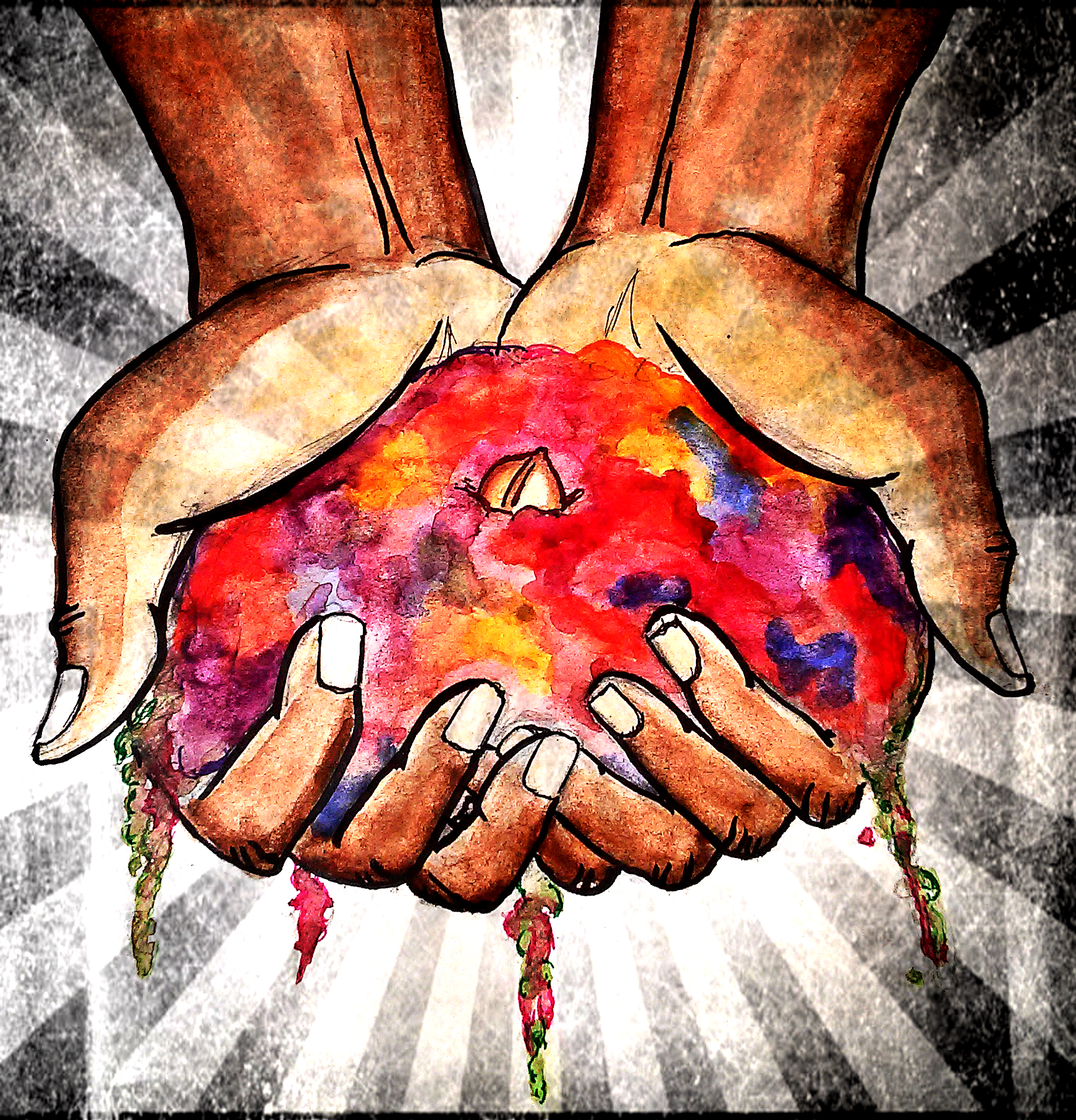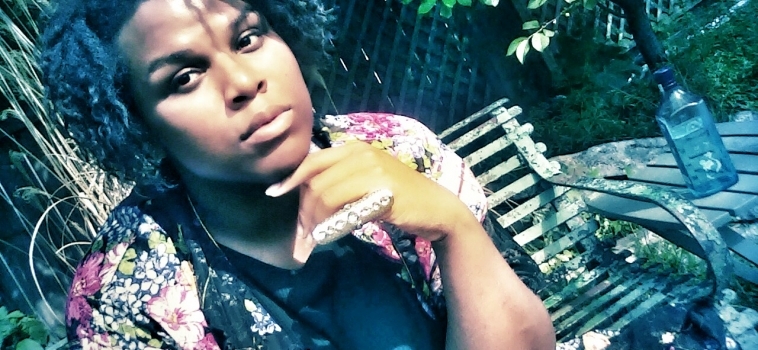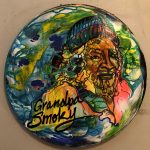Crafting these Streets
By Hailey Stangebye
Photos courtesy of Wriply Bennet
One hundred. That’s how many pictures Wriply Bennet drew each night growing up in Columbus.
She would stay up late and draw figure after figure after figure, dreaming of becoming an artist some day. From the time she could see, art was her most natural form of expression.
“Growing up, learning was always difficult for me because I have dyslexia,” Wriply says. “And being a black, queer, trans child also didn’t make it any easier. So there’s been a lot of bumps in the road. But, you know, what road isn’t bumpy?”
“Growing up, learning was always difficult for me because I have dyslexia. And being a black, queer, trans child also didn’t make it any easier. So there’s been a lot of bumps in the road. But, you know, what road isn’t bumpy?“

Unfortunately, pursuing art didn’t always feel like a tangible goal.
“To be honest, it just seemed like it was a dead end,” Wriply says. “I couldn’t actually do these things because I knew that I wouldn’t be able to go to college and pay for all of that because who has time for that?”
“To be honest, it just seemed like it was a dead end. I couldn’t actually do these things because I knew that I wouldn’t be able to go to college and pay for all of that because who has time for that?“
That all changed when Wriply became an advocate and community organizer. She decided to use her art as a vehicle for conversation about things like black and trans rights. And people noticed.
“People were just like, ‘Hey, your art is beautiful. Could you do this for me and I’ll pay you?’” Wriply says. “It just grew. Pretty soon my art was in documentaries and city-wide campaigns. I never imagined that I would get to this point.”
“People were just like, ‘Hey, your art is beautiful. Could you do this for me and I’ll pay you?’ It just grew. Pretty soon my art was in documentaries and city-wide campaigns. I never imagined that I would get to this point.“
Wriply’s art is in the MAJOR! documentary. It’s an award-winning documentary about Miss Major Griffin-Gracy, a Stonewall veteran, prison abolitionist and black, trans elder. Her art has also been featured in city campaigns from San Francisco to New York.

Despite her national recognition, Wriply still fights to be seen in her home state.
“It’s actually a little maddening,” Wriply says. “I’ve been doing this work for years. I’m a nationally recognized artist and advocate. My art has been in other people’s cities, it’s been on buses and subway station walls. But not in my hometown.”
“It’s actually a little maddening. I’ve been doing this work for years. I’m a nationally recognized artist and advocate. My art has been in other people’s cities, it’s been on buses and subway station walls. But not in my hometown.“
Wriply had to gain national recognition before her hometown started to take notice. Despite the adversity she’s faced in Columbus, she continues to work and advocate for change here.
“Columbus is always going to be a part of everything that I do because it’s home and it has been home for a large portion of my life,” Wriply says. “These are the streets that crafted me, so I have to be sure that I craft them just as much as they crafted me.”
“Columbus is always going to be a part of everything that I do because it’s home and it has been home for a large portion of my life. These are the streets that crafted me, so I have to be sure that I craft them just as much as they crafted me.“

In short, there’s work to be done here. Wriply has a vision for the Columbus of the future. It includes things like less black, innocent deaths at the hands of police brutality, more education outreach and protections for young, black, queer and trans folk.
Wriply’s work creates conversations on these issues across the states. She says that it’s time that Columbus realizes the dialogue on black, queer and trans rights doesn’t just happen in San Francisco and New York. It’s happening right here.
Wriply is a familiar voice for Columbus. So let’s talk.






